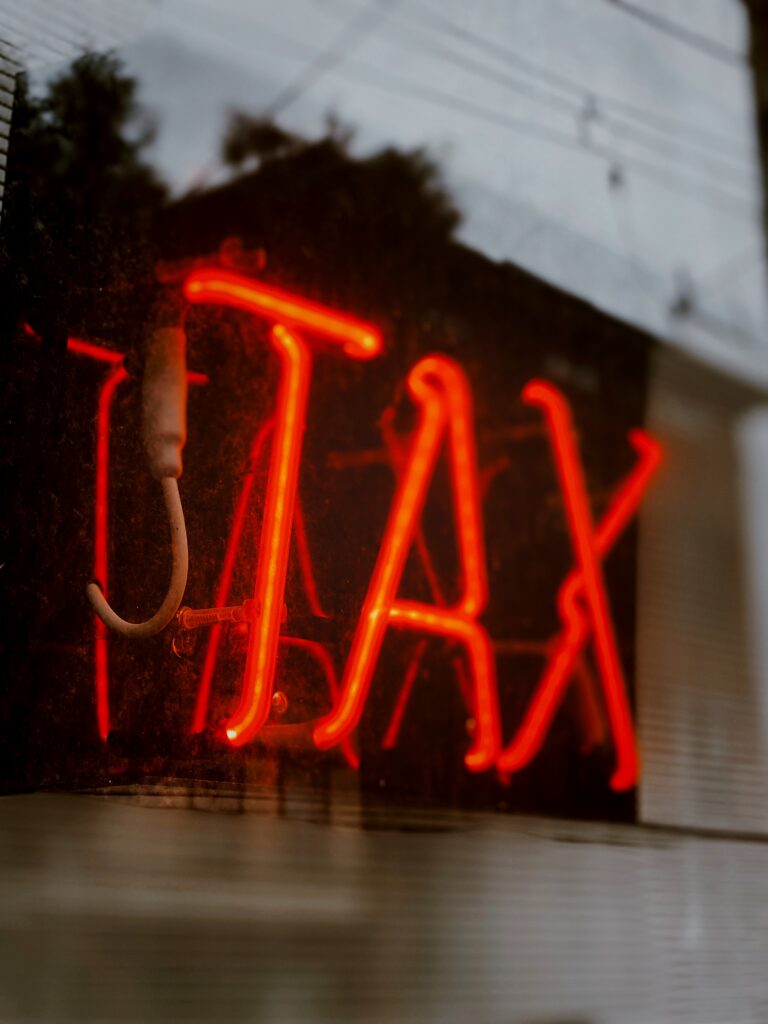Picture this, you have just finished your first full month’s work in Ireland and received your payslip. But something doesn’t look right – in fact, it looks like you’re missing a whole lot of money and nearly 20-40% of your earnings have gone towards taxes. This is what’s known as emergency tax and it goes without saying that avoiding emergency tax in Ireland is always a priority for both new residents and locals when starting work.
From how emergency tax actually works to claiming emergency tax back, this is everything you need to know about avoiding emergency tax in Ireland and what documents you will need to make sure you don’t get a shock when you see your first payslip!
How emergency tax works in Ireland
For the majority of workers in Ireland, tax is deducted by their employer directly from their wages, this is then directly paid to revenue. This is what’s known as the PAYE system and is the most common system used throughout Ireland.
In certain situations, income tax and emergency social charges may be deducted at what’s known as emergency tax rates – which many of those living and working in Ireland are all too familiar with.
How to avoid emergency tax in Ireland

Emergency tax can be a pain, but the good news is that you don’t need to deal with it. In fact, if you follow the below steps as soon as you accept a new job offer, you should successfully avoid paying emergency tax.
- Give your employer your PPSN (personal public service number). This means that your employer will be able to register you with revenue and they will receive a revenue payroll notification (RPN). You can learn more about getting a PPS number in our article here.
- Register your job with Revenue’s Jobs and Pensions service in myAccount. You will first need to register for MyAccount where you will be able to add your new job under the PAYE services section.
Do you still need a P45 to avoid emergency tax in Ireland?
Before 2019, your new employer had to be provided with a P45 from your previous job. This is a document that detailed your personal tax code and total tax paid that year. Thankfully in recent years the tax system in Ireland has become slightly more modernised and this system has since changed.
Now, if you have a previous Irish employer, they will send your leaving date and details of your final pay electronically into Revenue’s online system – if you need to access these you can do so through your myAccount on Revenue.ie. The short answer is that you no longer need to worry about a P45 to avoid emergency tax in Ireland!
How much money does emergency tax take?
If you have not provided your employer with a PPSN, you will be taxed at the higher tax rate of 40%. This will continue until you can provide your employer with your PPSN. We know that you may be worried that you won’t see this money again but it’s important to know that you can claim your emergency tax back (more on that below!).
Can you claim your emergency tax back?
If you haven’t realised by now, your PPSN is the answer to nearly all of your emergency tax problems. Once you receive your number and provide it to your employer, they will receive an RPN which will allow them to take you off emergency tax. In some cases, your employer will calculate the tax that you should have originally been paying and refund you any tax that you have paid on your next due payday.
In other cases, or for refunds of emergency tax from a previous year, you can claim a refund directly through revenue. They will review your claim and issue any refunds that you are owed. The simplest way of doing this is online through your myAccount.
How do I know if I have been charged emergency tax?
You will know if you have been emergency taxed by looking at your payslip. It will be obvious when you compare your take-home pay to the amount of tax deducted – as mentioned earlier emergency tax is usually removed at a rate of around 40%.
If you are not sure if you have been emergency taxed, try talking to your employer or the payroll in your workplace who should be able to help you.
At MoneyJar, we have built a simple new approach to a digital account. This means that things that would usually be slightly complicated when first moving to a new country like setting up a bank account and getting paid by your new employer can all be made a lot more simple with three simple steps.
- Download the Money Jar app
- Register your personal details
- Verify your identity using a standard form of identification
All you will need to set up an account with us is government-approved identification and a postal address to receive your prepaid Mastercard.
We provide lots of ways to help you stay on top of your spending and make the process of setting up an account easy. Find out more about how we can help you have the freedom to be better with money and everything else you need to know about signing up for a digital account with Money Jar here.










